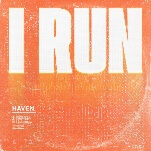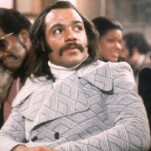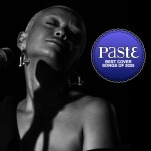A wistful walk through the precious world of twee pop

Pop culture can be as forbidding as it is inviting, particularly in areas that invite geeky obsession: The more devotion a genre or series or subculture inspires, the easier it is for the uninitiated to feel like they’re on the outside looking in. But geeks aren’t born; they’re made. And sometimes it only takes the right starting point to bring newbies into various intimidatingly vast obsessions. Gateways To Geekery is our regular attempt to help those who want to be enthralled, but aren’t sure where to start. Suggest future Gateways To Geekery topics by emailing [email protected].
Geek obsession: Twee pop
Why it’s daunting: The difference between “twee” and “indie pop” is slight but polarizing. Both styles of music transcended genre, became a tape-trading lifestyle, and have similar influences, drawing from the Ramones’ minimalist three-chord structures as much as The Jesus And Mary Chain’s salty pop harmonies. Everyone varies slightly on origins, but it’s indisputable that countless movements have emerged as a consequence of twee—from cuddlecore to the founding of beloved indie rock acts like Wye Oak and Mac DeMarco.
Twee itself began as a vast collection of sounds, gathering the threads where luminaries left off, and carving out divergent avenues in their wake. The Smiths’ pained lyricism, Orange Juice’s post-punk riffs, The Vaselines’ wit and The Pastels’ lovely harmonies are all name-checked in shaping the charming aesthetic. NME’s formative C86 compilation cassette and various indie labels, including Sarah and Slumberland, were also formative mediums for the genre’s development.
In terms of music history, twee is not unlike mainstream pop music in that it’s primarily concerned with love. But the focus on love differs in that it’s unrequited—and who hasn’t been lovesick over someone who never glances in their direction? Twee doesn’t as much capitalize on sadness, but sheds the mask of constant happiness that our society demands of us. The music of bands like Tullycraft honor tears as badges of pride, a response to what moves a listener, a love-swept person, and a human. The bands approach the subject of sex in angular ways, creating a more active listening experience instead of accepting pop music’s tradition for blatant sexualization.
Much like the term emo, “twee” has historically been pointed as an insult—as in “twee as fuck.” But twee boys and girls have taken back the term, embracing the simple melodies, girl-group nostalgia, and songs about crying alone and coping with crushes. “We’ve had a Maximum Rock ’n’ Roll scene with old-school punk stuff,” said Tullycraft singer Sean Tollefson in an interview with The Daily Collegian. “Maybe it’s a reaction to that. It was like how rockin’ can we be. It could be ‘how cute can we be.’ Cuteness can still be punk but in a different way.” The machismo of the punk community was deconstructed through twee, which similarly encouraged zine culture, DIY booking and an enormous tape-trading subculture. Twee consciously created a space where girls would not only be safe, but could also flourish creatively. As a community, twee has been refreshingly open-minded. Twee taught kids that it’s okay to be shy and to welcome hand-drawn kittens, cardigans, and openly geeking out about precocious pop music with no shame or irony attached.








































